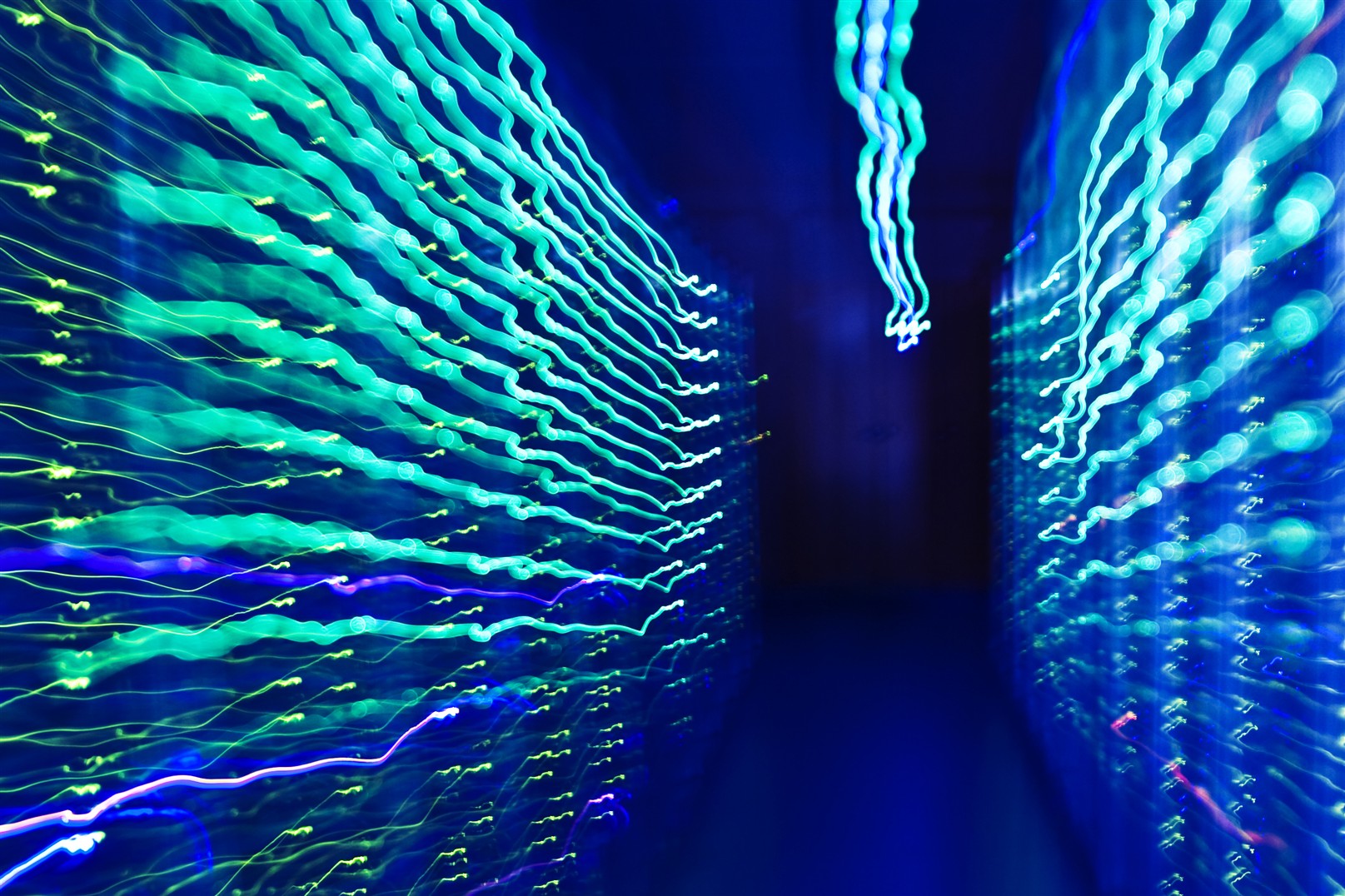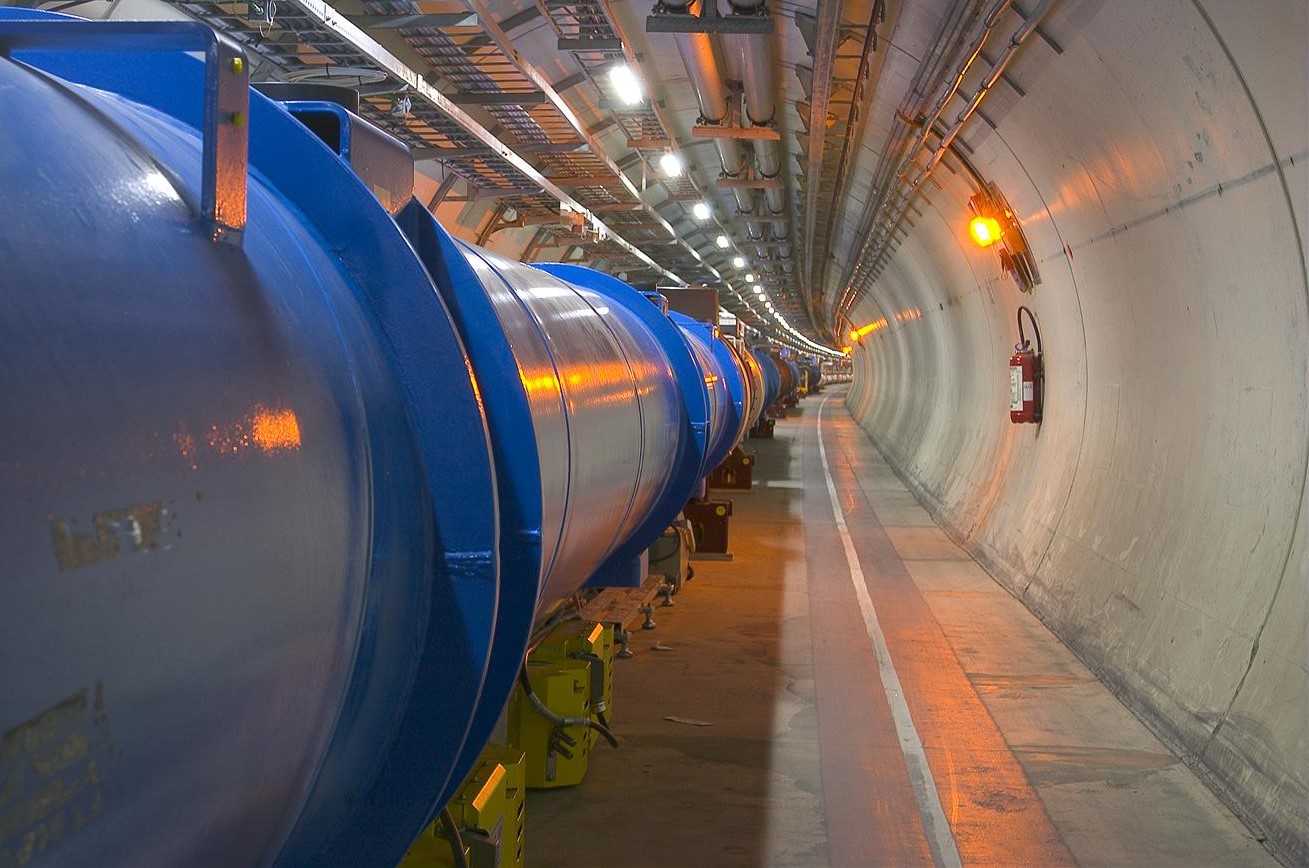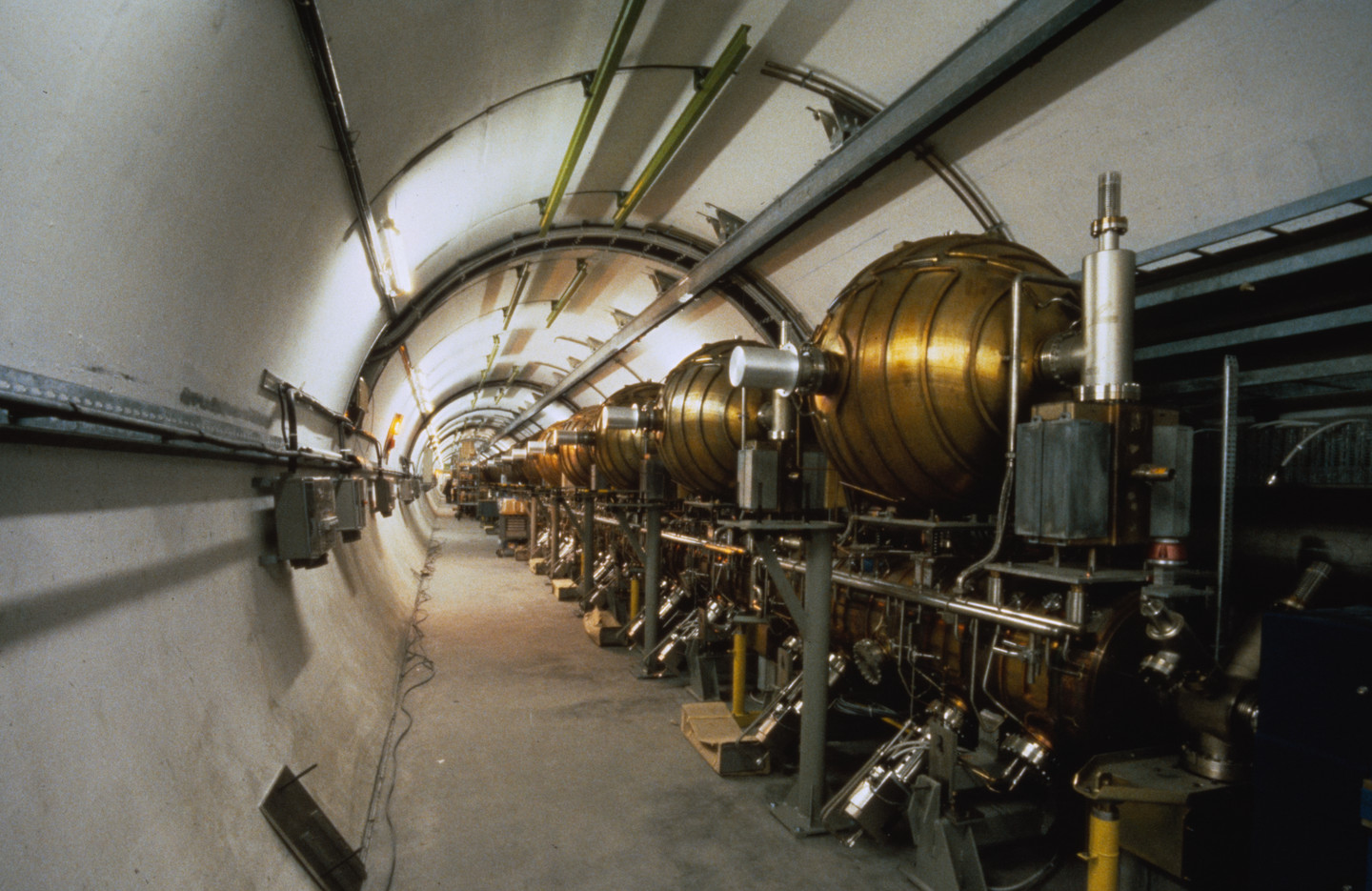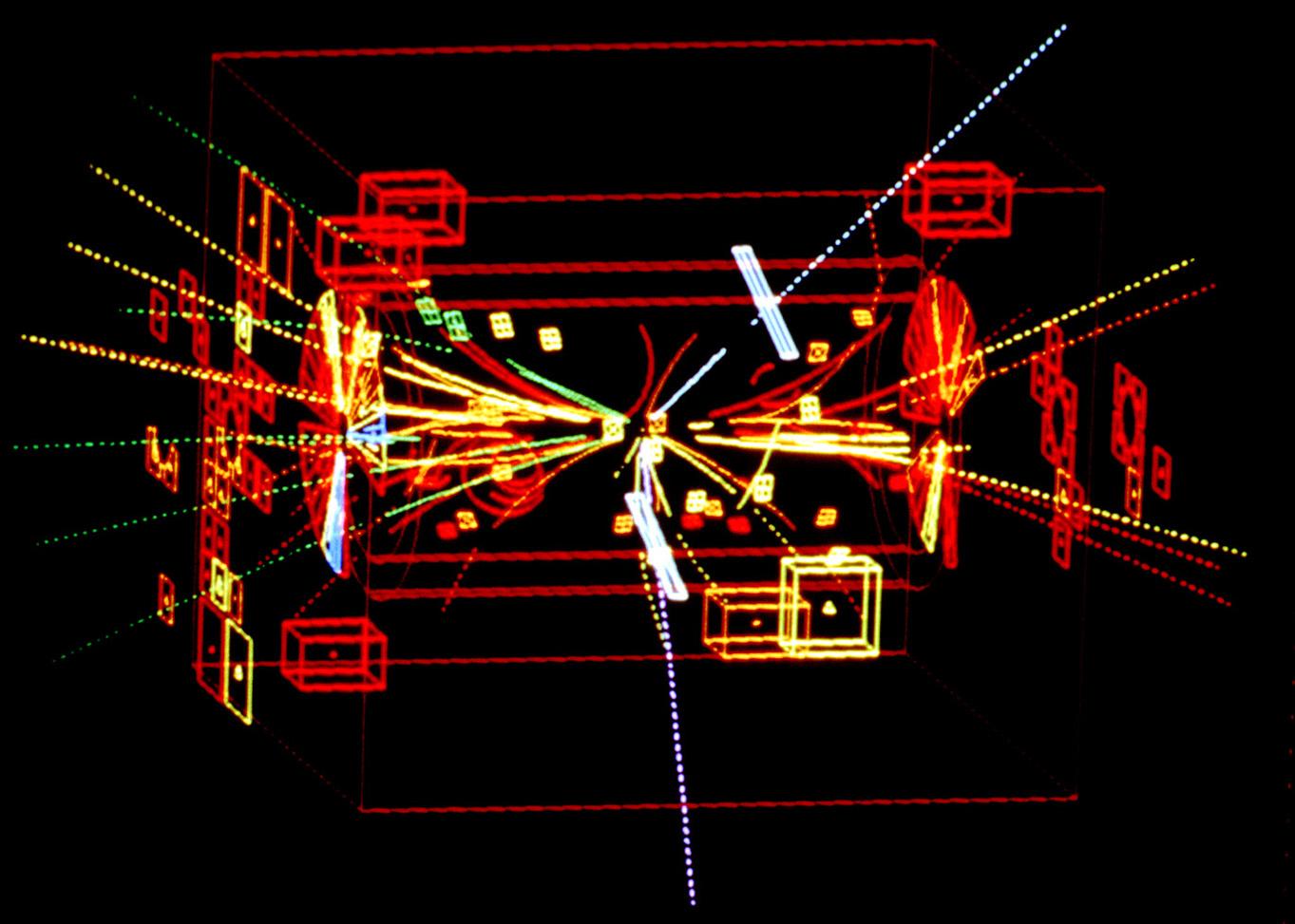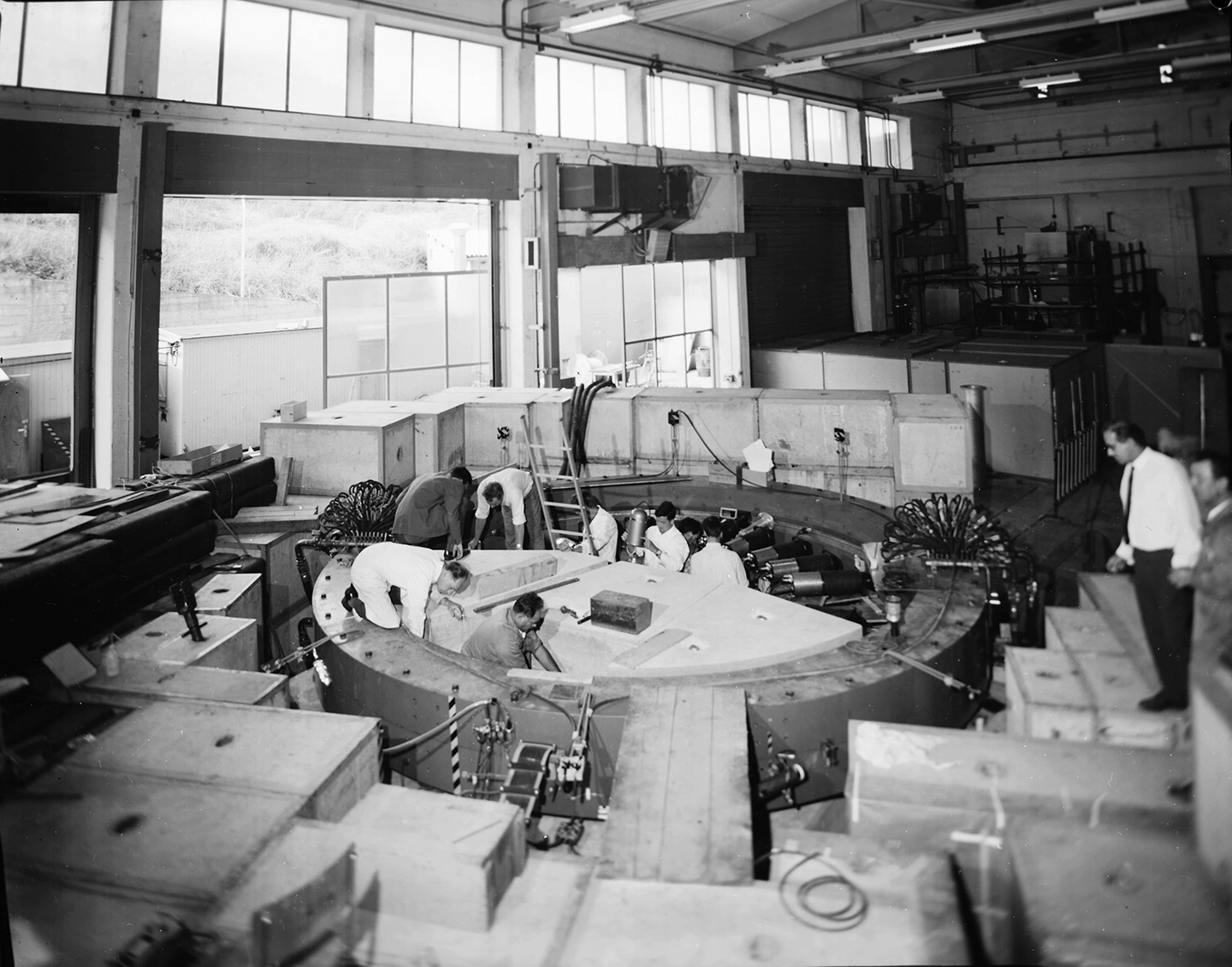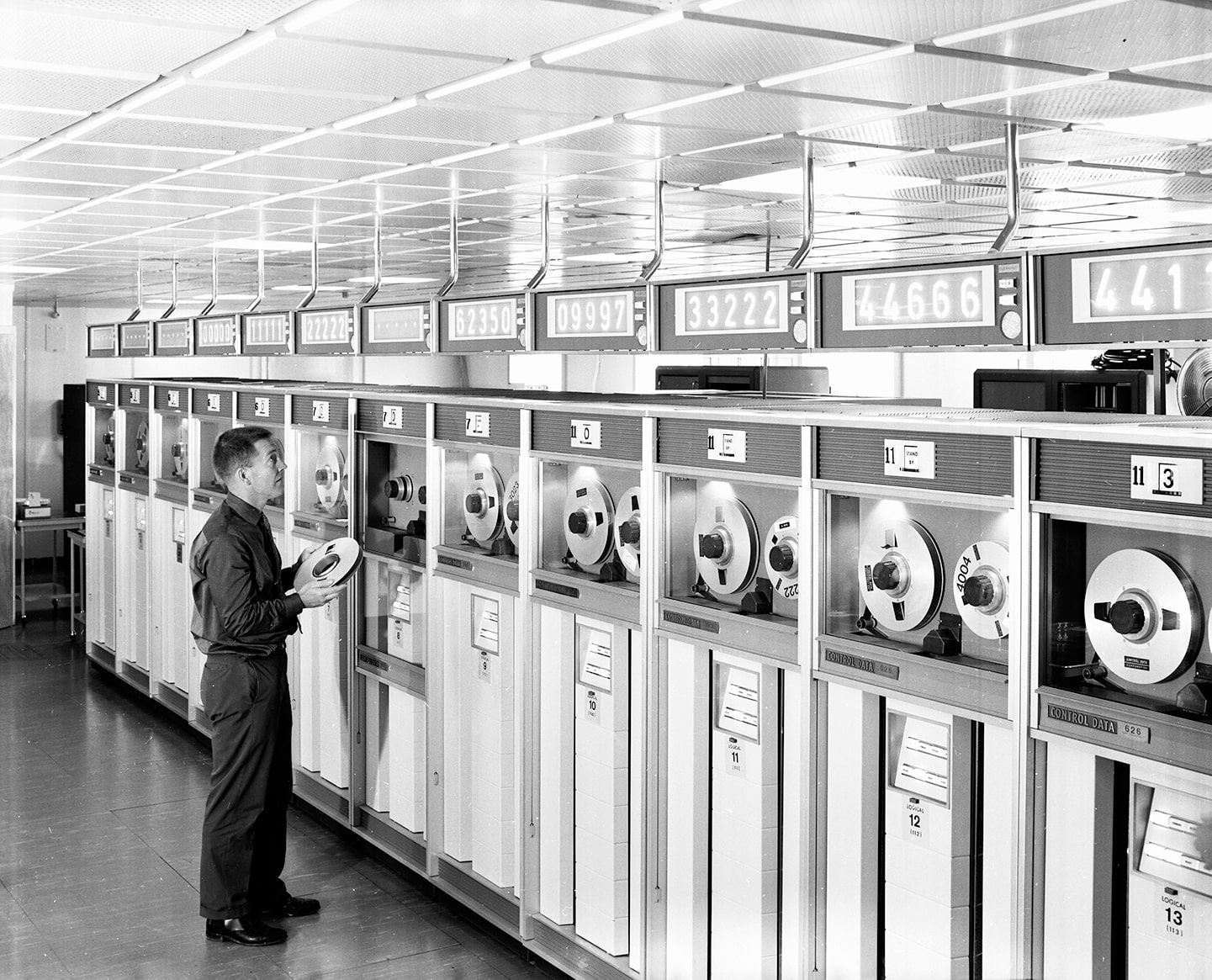history of CERN
-
Continuing CERN’s legacy of open science
The values of open science have always been at the heart of CERN’s mission, ever since the Organization’s inception. The CERN Convention, signed at UNESCO in 1953, states that “the results of [CERN]’s experimental and theoretical work shall be published or otherwise made generally available.” Empowered by this early mandate, the research community at CERN has…
-
Switching on the Large Hadron Collider
The beginning of the Large Hadron Collider (LHC) dates back to the early 1980s. CERN’s major accelerator, the Large Electron Positron Collider (LEP), was still in its study phase. But scientists were already considering using its 27 km tunnel for a proton collider. Hadron colliders were indeed extremely promising. CERN had developed revolutionary techniques with…
-
Into the antiworld
For each particle, there exists an antiparticle with opposite properties, in particular electric charge. This has been well established, ever since Paul Dirac’s theoretical predictions in the late 1920s. Over the three decades that followed, scientists discovered the constituents that would make up an antimatter atom: the antielectron (or positron), the antiproton and the antineutron.…
-
Where the Web was born…
In 1989, Tim Berners-Lee, a young scientist working at CERN, wrote a proposal for an information management system based on the Internet. At the time, few people really understood the significance of his seemingly abstract idea. Luckily, however, his supervisor and a few colleagues had the foresight to let him work on an invention that…
-
Green light for LEP
The Large Electron Positron collider (LEP) project was first presented to the CERN Council in June 1980, following the development of several concepts at different energies and lengths. The project envisaged an energy of 50 gigaelectronvolts (GeV) per beam and a circumference of 27 km, using the Proton Synchrotron (PS) and Super Proton Synchrotron (SPS)…
-
The end of the alphabet
In 1983, CERN reached the end of the alphabet when the Laboratory announced the discovery of the long-sought W and Z particles. The announcement was so momentous that, the following year, the two scientists behind the discovery received the Nobel Prize in Physics. In 1984, Carlo Rubbia, the instigator of the conversion of the Super…
-
A first discovery
A few months after CERN’s first accelerator, the Synchrocyclotron (SC), was commissioned, a first experiment was launched. At the time, weak interactions were among the most hotly debated topics in high-energy physics. Scientists were puzzled, for example, about the decay of the particle known as the pion. The particle was known to decay into two…
-
The dark side of the muon
In the 1950s, the muon was still a complete enigma. Physicists could not yet say with certainty whether it was simply a much heavier electron (with 200 times the mass) or whether it belonged to another species of particle. Acting on an idea of Leon Lederman, CERN launched the “g-2” experiment in 1959, aimed at…
-
Tracing particles
In the 1960s and 1970s, two techniques for accurately recording the tracks of invisible particles dominated experimental high-energy physics, the bubble chamber and the spark chamber. The pictures produced – simple photographs – were then examined for interesting tracks by specially trained personnel, the “scanners”. The bubble chamber programme at CERN started in 1959, when…
-
Cutting-edge computing
CERN’s first computer, a huge vacuum-tube Ferranti Mercury, was installed in 1958. It represented the first stage in the evolution of digital computing at CERN. The next big step came in 1965, when the first supercomputer arrived: a CDC 6600 designed by computer pioneer Seymour Cray. This transistorised sub-microsecond machine was the first real “number…

